Discover the Unknown Parts of Crete: Lasithi and Rethymno
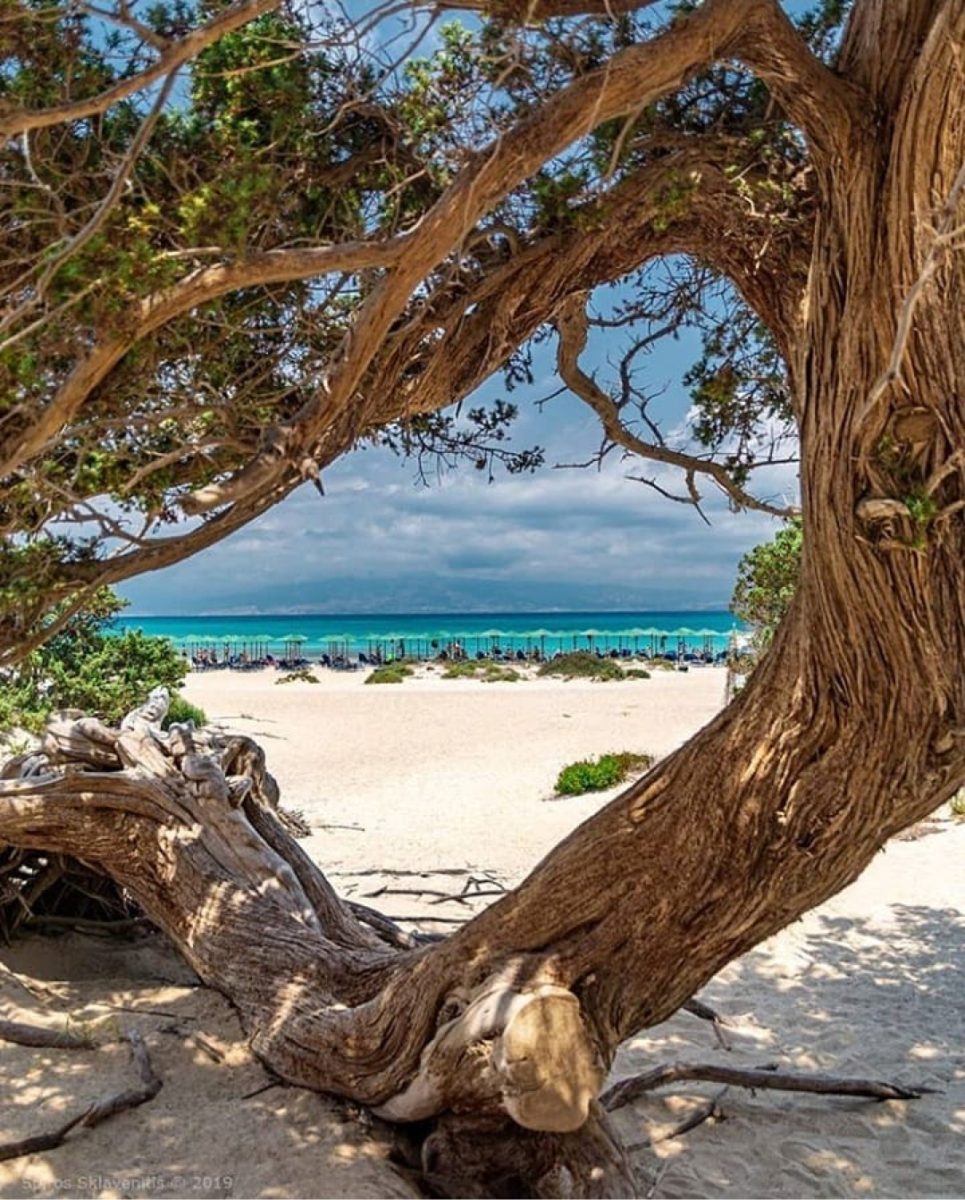
Lasithi and Rethymno are two prefectures of Crete undeniably gorgeous. But, how well do you actually know them? Perhaps you only know the most famous parts of Lasithi and Rethymno. With Elissos, we guarantee that you will explore Lasithi and Rethymno like locals!
To get to know every face of Crete you need many summers and to visit all its beauty requires countless kilometers of routes, between historic mountain villages, seaside resorts, and quiet fishing villages, Minoan palaces, and wondrous canyons that nature has generously gifted this blessed place.
If you have already gotten a taste of the island by visiting the tourist areas, the tour of the lesser-known part of Crete, the quieter and “natural”, will introduce you to a different, certainly more enchanting face.
Before we start our journey, read our blog article “The Unexplored Parts of Crete that No One Talks About” search for hidden ancient treasures in mysterious caves, explore Venetian castles, and dive into secret beaches and unspoiled coves, leaving behind the crowds of Balos and Knossos.
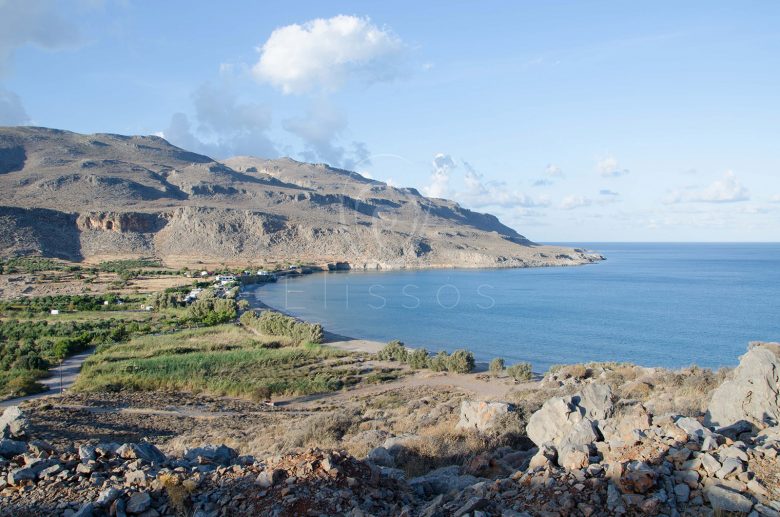
Lasithi
Kato Zakros
Our journey starts from Lasithi and the mountain village of Zakros, one of the most picturesque on the island, which is famous for its olive oil production. It is worth visiting as part of your exploration of the area. Walk on the old cobblestones that unfold through walnut and plane trees that lead you to a beautiful place full of trees and springs. In its small square, you will encounter the library and the town hall. After cooling off from the stone fountain, head to the “gorge of the dead”, as the route in which the Minoan dead were buried in ancient times. This gorge will lead you to Kato Zakros, the port of Zakros, and the archaeological site.
The archaeological site, the fourth largest Minoan Palace of Crete was also the port of the area. It is suitable for walking, among the purification tanks, where today water turtles swim.
Kato Zakros, one of the less touristic coastal villages, offers amazing beaches and good food in traditional taverns. Bonus point, they only use local ingredients.
Sitia
Continue in the direction of Sitia, to meet some more beautiful mountain villages. Before reaching Agios Nikolaos we stop at Mesa Mouliana. This is an important archaeological area, with a multitude of finds. Firstly, the Stellades site. You will see two Minoan vaulted tombs and many objects that were recovered and are on display today. Another reason is at Mesa Mouliana the “Kefalovrisi” tavern, which is famous for its excellent cuisine.
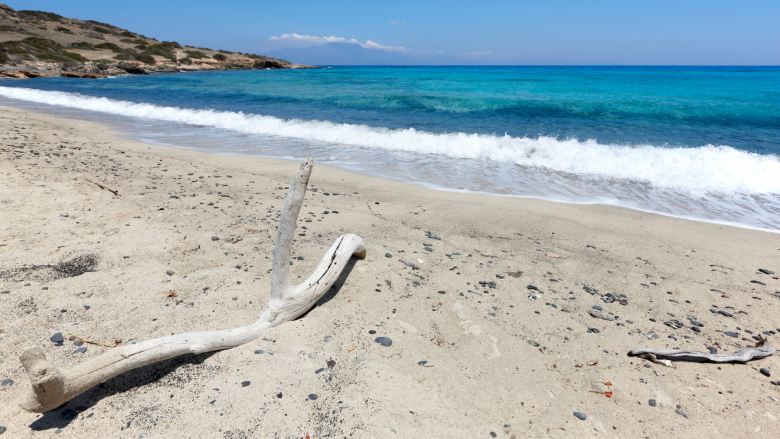
Ierapetra
Time to swim so head to Ierapetra, the southernmost city in Europe facing Africa, which receives the least rain of any other city in Europe and where the temperature never drops below 12 degrees, even in winter. In the warmest neighborhood of Europe, therefore, the cleanest and most protected beaches from the north are gathered. Among them, we can distinguish the long, sandy beach at Koutsounari, at a distance of about 7 kilometers from Ierapetra, which is well organized in its parts and very quiet at its eastern end. Quite close to the beach there are rooms for rent, taverns, and bars.
Gaidouronisi aka Chrysi Island
Directly across from Ierapetra is the famous Gaidouronissi, which you will find by boat that runs regular routes. It is a tiny island, also known as Chrysi, with a stunning beach surrounded by a landscape of unique beauty. The island does not have electricity or drinking water, so if you decide to be there, prepare accordingly. We also recommend visiting Gaidoronisi either very early in the morning or late in the afternoon.
Elissos Blog Article on Lasithi
Lassithi: The 10 Stops you must Make when visiting the East of Crete
Nature, history, diving, and known and unknown sights in a mini-guide dedicated to East Crete.
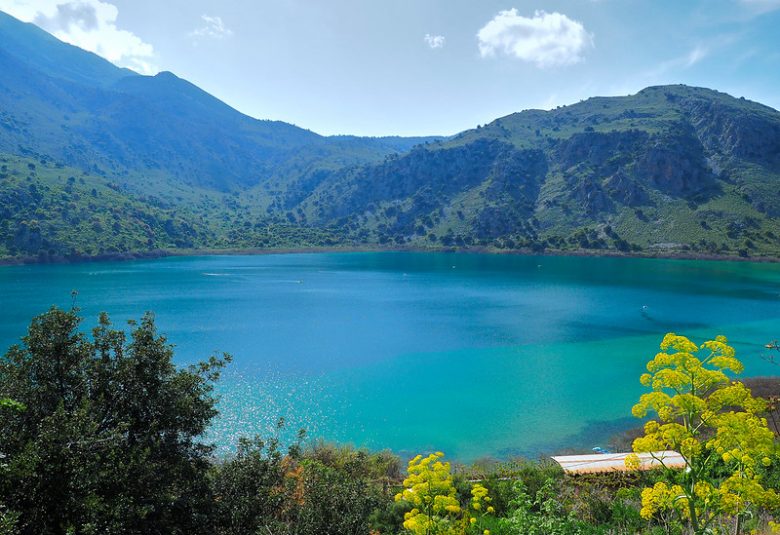
Rethymno
Plakias Village
Next stop in Rethymno, and the beautiful coastal village of Plakias, with moderately developed tourist infrastructure, as much as needed to enjoy the necessary comforts, but without getting tired of tourism. You can choose Plakias as a base for accommodation and from there you can go to nearby beaches, such as Preveli, a unique sandy beach, with a small forest of palm trees that make it look exotic. The Kourtaliotis river flows into the beach, which, because it has enough water even in summer, forms a small lagoon before it flows into the sea, in which you can also swim.
Rodakino Village
Quite close is Rodakino, a quiet village untouched by tourism, with traditional cafes and hospitable residents. From there, if you follow the road to Korakas, you will find yourself on two beautiful beaches. The first is located at the end of a canyon and stands out for its blue-green waters and fine pebbles. To its east, you will see wonderfully carved caves in rocks. The beach has sunbeds and there are taverns and rooms for rent quite close by. Further west you will find a second beach, a spotless bay with sand and gravel, without any organization. Above there is only a small tavern, with excellent food, which is even open 24 hours a day.
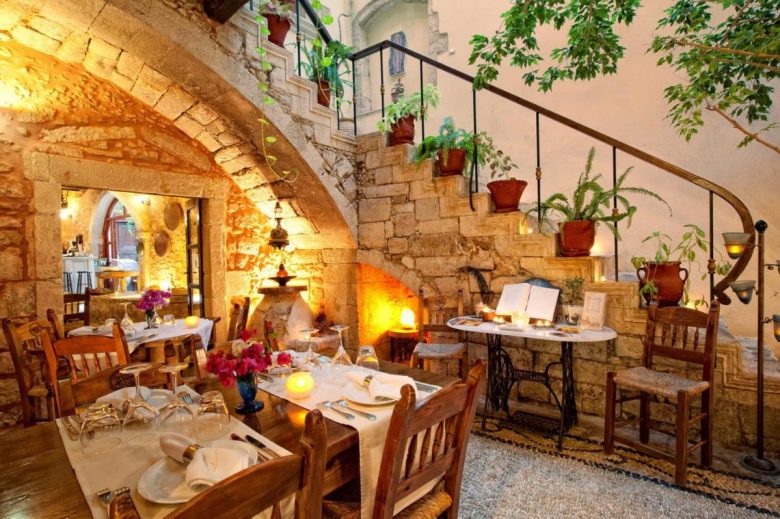
Veneto Restaurant-Old Town Rethymnon Photo Credit: Veneto Restaurant
Gerakari and Meronas Villages
However, mountainous Rethymno also has its beauty. The province of Amari, for example, is famous for its abundant water, since it is crossed by small rivers that feed the vast areas of arable land. Cherries are one of the most famous products of the region, while the picturesque village of Gerakari is considered the Cretan mecca of sour cherries. On your walk there, it is also worth passing by the village of Meronas, built amphitheatrically with an unobstructed view of the valley and Psiloritis, while Amari itself will fascinate you with its authentic beauty, where stone-built, Venetian buildings meet humble farmhouses and surround the small Byzantine church.
Elissos Blog Articles on Rethymno
Explore the Cretan Town of Rethymnon: Attractions, Beaches, Restaurants
Diving in crystal clear waters, walking on cobbled streets, romantic moments in the Venetian port, and delicious Cretan flavors. Rethymno at its best.
Feature Image by: @spirossorips (IG Account)
